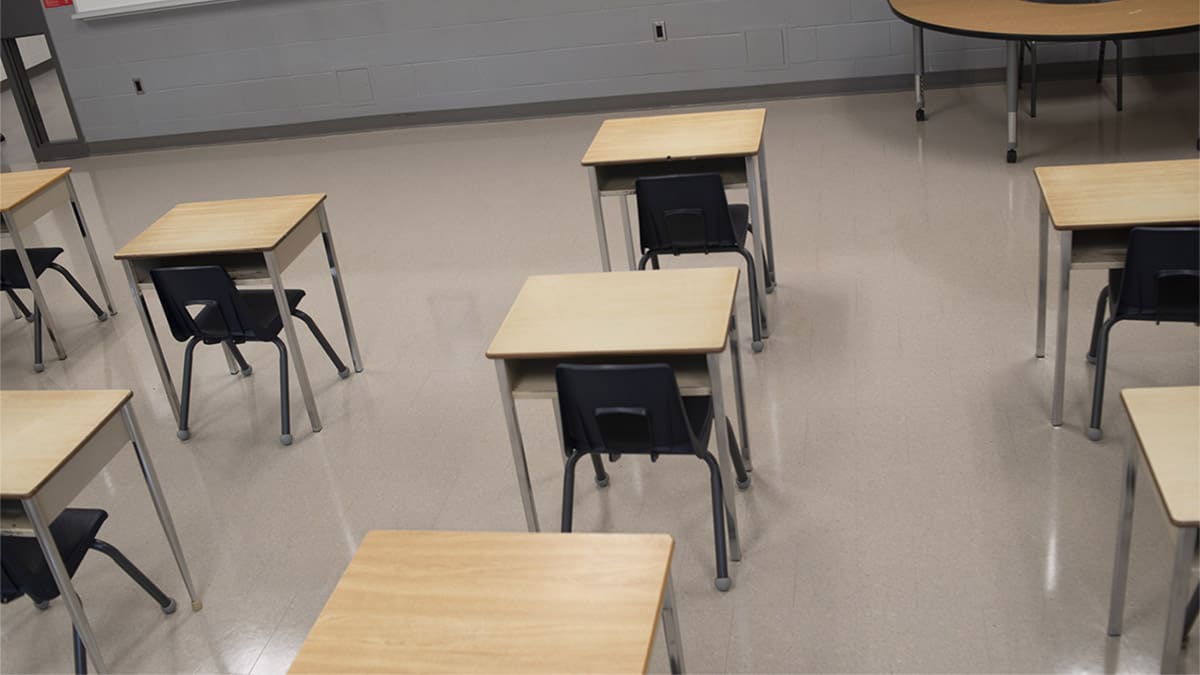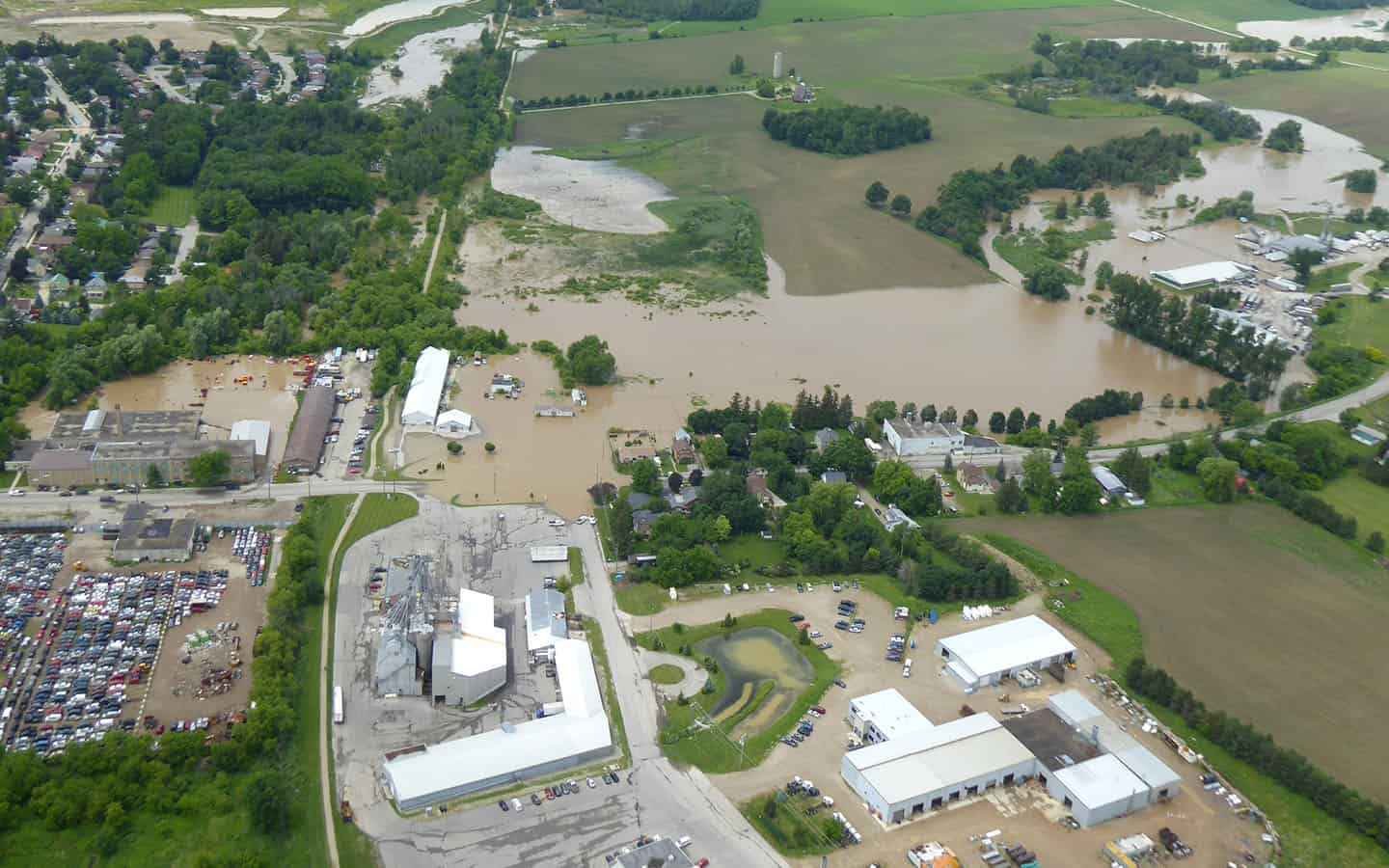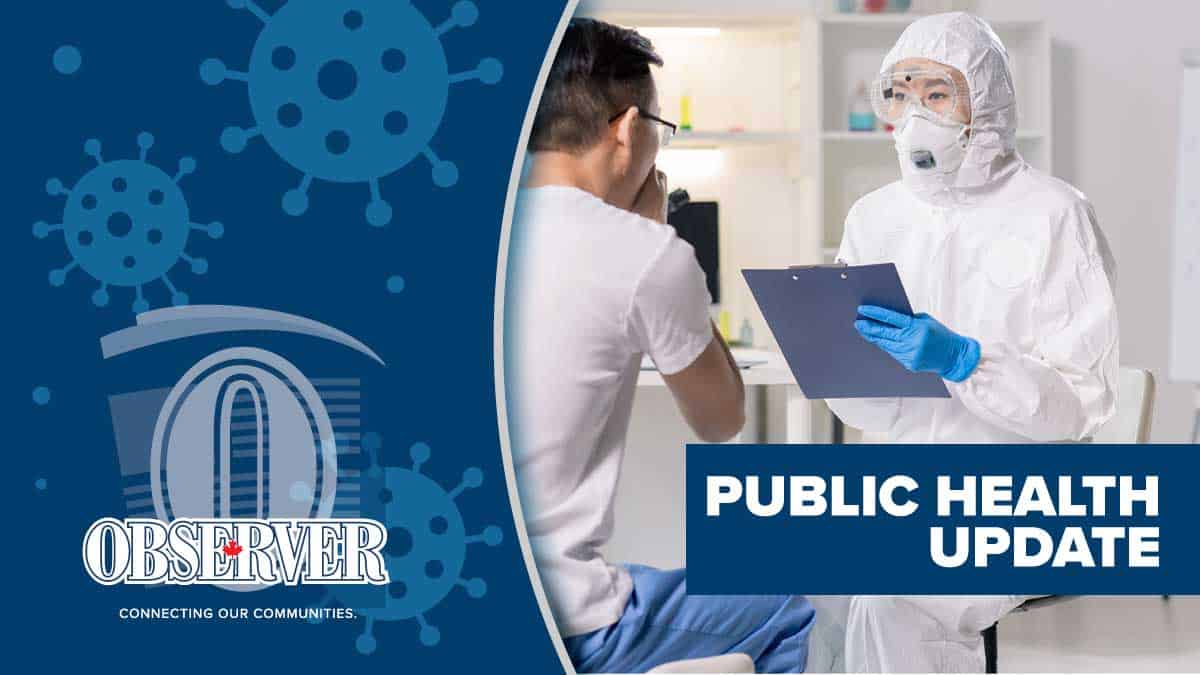Policies for allowing children to return to school next week are still in flux, but the province has issued a framework to be followed by school boards.
A document entitled Operational Guidance: COVID-19 Management in Schools addresses some of the many concerns about the transmission of the coronavirus and steps being taken to reduce the risk.
The document applies to schools and before-/after-school programs operating in the buildings. It applies for the upcoming year unless there’s a discrepancy with the orders of Ontario’s chief medical officer of health, Dr. David Williams.
“As schools welcome students and teachers back in the coming weeks, it’s important for everyone to be informed and understand their role in keeping each other safe, “said Williams in announcing the rollout last week.
The report outlines procedures for monitoring any outbreaks, and set out how to address them and how they would be declared over.
The current provincial definition for an outbreak is two or more confirmed cases of SARS-CoV-2 infection within a staff member or students at a school with an epidemiological connection. The epidemiological relationship can vary between classroom cohorts, before/after care cohorts and busing cohort, the province notes.
Local public health departments will be actively involved, charged with determining if there is an active outbreak, managing the episode and deciding when it can be declared over. They’ll be tracking coronavirus cases, not general illnesses.
The document also outlines the responsibility of school principals when it comes to tracking student absences and contacting public health officials.
Each school website will now be required to feature COVID breakdowns while keeping privacy a priority. A student also has the option of withdrawing from the school, which would result in the case being removed from the school’s COVID-19 advisory board. The advisory board will also display closures of classes, cohorts and schools.
Teachers are now required to understand the virus’s symptoms and alert a principal if they or one of their students becomes ill.
Principals will also advise students to stay home and continue their studies through remote learning if they are well enough to do so. They’ll also ensure areas have been cleaned and monitor the school population for additional cases.
When a case is confirmed in a school, the person that has tested positive will be required to stay home until they are cleared by local public health. They must isolate for the 14-day period and should not go for retesting, the provincial guidelines advise.
Public health officials will decide the extent of the risk, advising patients accordingly. As a rule of thumb, classroom cohorts will generally be labelled high risk. Testing will be recommended for close contacts not required. Negative tests do not change the period of isolation.
If an individual receives a test for potential symptoms and receiving a negative result, they must now wait for 24 hours before returning to school.
The guidelines also include information for parents, which includes daily symptom screening. The virus’ primary symptoms include a fever over 37.8 degrees C, cough and shortness of breath, with other less common symptoms include sore throat, difficulty swallowing, loss of taste, flu-like symptoms, and a runny nose.
Even as the start of the school year approaches, teachers remain concerned with the precautions in place, their unions taking legal action and pushing for improved safety measures.
Teachers’ concerns, particularly around class sizes, were backed by a recent study at the University of Waterloo. The study showed how the virus spreads in a simulated classroom.
“We saw that every time that we doubled the class size from eight to 15 and 15 to 30, the number of current cases more than doubled. In fact, it usually went up by a quadrupling,” said mathematics professor Chris Bauch.
“Parents that are still considering whether or not to opt out for the remote learning option should keep in mind that it’s something that they should strongly consider if their kids are going to be in a larger class,” he added.









